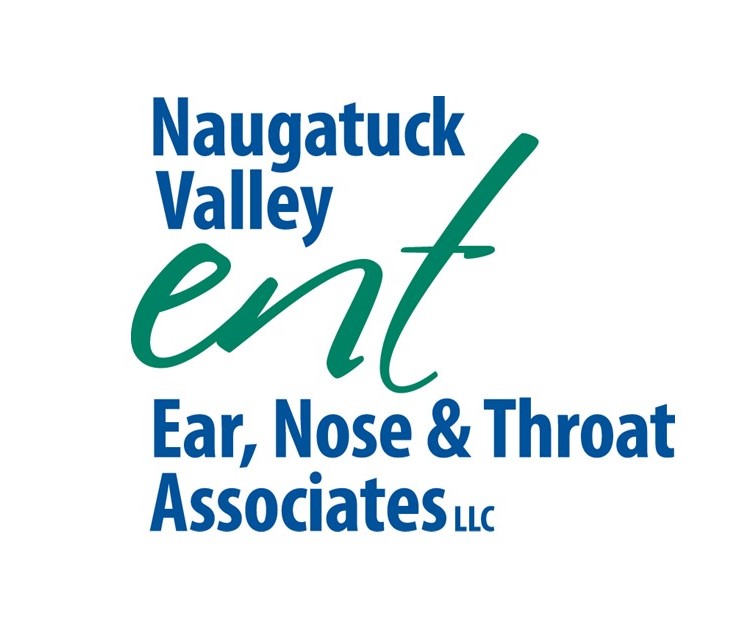Oral Lichen Planus
Oral lichen planus is a disease of chronic inflammation in the mouth. It affects one to two percent of adults, usually after the age of 40. Patients experience patches, ulcers, or blisters inside their mouths which can vary from painless to painful and can persist for years between flareups. In almost all cases, the lining of the mouth shows lacy white patterns upon close examination.
People with oral lichen planus have an elevated risk of developing oral cancer. Therefore, it’s important for patients with this condition to consult their primary care physician about possibly establishing care with an ENT (ear, nose, and throat) specialist, or otolaryngologist.
What Are the Symptoms of Oral Lichen Planus?
If you have oral lichen planus, you may see:
- Networks of fine white lines on your inner cheeks, tongue, or gums
- Painful white patches, ulcers, or blisters on your inner cheeks, tongue, or gums
- Redness surrounding these lesions inside your mouth
- Lesions that persist for years, becoming more painful when you’re anxious or stressed
- Itchy, bumpy, purplish rash on your wrists, ankles, or lower back
What Causes Oral Lichen Planus?
The ultimate cause of oral lichen planus is unknown. It appears to be an autoimmune disease in which T-cells trigger destruction in the cells that line the mouth. Medications such as non-steroidal anti-inflammatory drugs (NSAIDs), ACE inhibitors, or beta-blockers can trigger a flareup. Certain toothpastes, dental fillings, dentures, bite injury, and infection might also contribute to the disease process.
How We Can Help
We can help with your ENT medical issue at our Waterbury, CT office. Our board-certified doctors, nurses, and ENT specialists treat your condition and other ENT issues, including allergies, sinusitis, ear infections, balance issues, snoring, sleep apnea, hearing loss, speech & swallowing problems, and pediatric ENT. Please visit our Services page to learn about our services or call our office to schedule an appointment at (203) 578-4630.
What Are the Treatment Options?
Discuss all medications you are taking with your physician(s). Practice proper oral hygiene and talk to your dentist about possibly changing your toothpaste. Any sharp teeth near the lesions should be filed by your dentist. Fillings or dentures that are irritating your mouth should be polished or replaced. If stress and anxiety are worsening your condition, consider speaking with someone who can help you bring these conditions under control.
You might be prescribed a steroid ointment or paste to apply in your mouth after meals. An alternative prescription medication is an ointment called tacrolimus, but this might sting and burn. Tacrolimus can also be mixed as a liquid and used as a mouth rinse with success.
To reduce your risk of developing oral cancer, do not smoke, do not chew betel (the leaf of an Asian evergreen climbing plant that is used in the East as a mild stimulant), and moderate your consumption of alcohol. See your ENT specialist again if your oral lesions start to change or look different.
What Questions Should I Ask My Doctor?
- Is this oral lichen planus, or could it be something else?
- Does this spot look cancerous or pre-cancerous? Do I need a biopsy?
- Could this be caused by any medication I am currently taking?
- Would you recommend a steroid paste or ointment?
- Do stress and anxiety trigger or worsen oral lichen planus? What steps can I take to reduce my stress and anxiety?
- Will this condition get better, or might it return at a later date?
References
- Sugerman PB, Savage NW. Oral lichen planus: causes, diagnosis and management. Aust Dent J. 2002 Dec;47(4):290-7.
- Lodi G, Manfredi M, Mercadante V, Murphy R, Carrozzo M. Interventions for treating oral lichen planus: corticosteroid therapies. Cochrane Database Syst Rev. 2020 Feb 28;2(2):CD001168.
Copyright 2022. American Academy of Otolaryngology–Head and Neck Surgery Foundation. Last reviewed February 2022.


